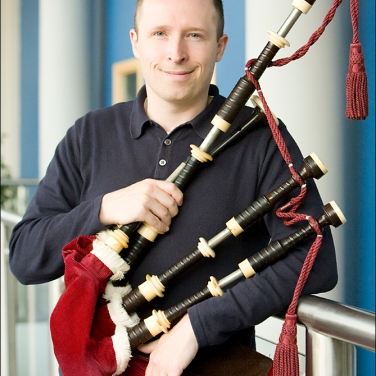Last academic year I went up to Glasgow and worked with a whole load of great musicians from the Scottish Music course at the Royal Conservatoire of Scotland. We worked on singing together, creating great harmonies together and all of the things you want a group of singers to do. This was really useful for them as singing together as one big group was new. It was also, probably, quite nerve-wracking for some of them who don’t identify as singers at all… they are instrumentalists of amazing skill but some of them won’t have used their singing voices much. I then led a smaller session with principle study singers looking at how we start to create harmony, how we become harmony singers.
The Conservatoire had asked me to go up because they were looking at the structure of the course and how to get more singing, more song studies, more vocal creativity in to the course. I had absolutely nothing to do with what they have now come up with… though I wish I could claim some credit because I think it is brilliant.
Over the period from my first visit to the start of the 15-16 academic year the course director, Josh Dickson, and tutors, Lori Watson, Jenn Butterworth, Mairi MacInnes, have developed a fantastic new module for the Traditional Music BMus (the only BMus in Traditional music in the UK). I’ve been up twice in the last month to work with the students. I hope they learnt something and had a good time in the process, I had a blast!
The Sang Scuil (Scots), Sgoil nan Oran (Gaelic), Song School (English) is a module for first to third year Trad students. The point is to enrich the understanding of the students about Scots and Gaelic song regardless of whether you are a principle study singer or not. Now this could have very easily taken the form of a choir where a tutor waves their arms at the front and music comes back but they haven’t gone the easy route, they’ve gone for a much deeper, much more authentic, much more useful method. Some of the music involves a tutor standing at the front waving their arms but that is because in order to sing songs you have to learn them, but more of the session is about what the song means: where it is from, what the point it, how to emotionally engage with the material, and how to creatively compose harmonies.
When I say they learn ‘what the song means’ I mean this two-fold. They do emotionally study the ‘point’ of the song, are the lyrics figurative or literal, is it a happy or sad song, how do we communicate these things with an audience. But they also look at pronunciation, language acquirement, accent, intent. Some of the singers are not Gaelic speakers yet everyone learns to sing in Gaelic and to understand what those words mean. This informs a deeper vocabulary and the tutors make sure that songs are chosen for their musical and linguistic usefulness.
This method of working is tricky for tutors. It’s much easier to have a very disciplined space that is more like a formal choir practise than it is to run group singing/ language class/ song discourse/ creative space all in one session but the students at the RCS have a real opportunity for something special. The tutors have the want and ability to facilitate musical magic. Independent group learning on four fronts all at the same time!?
It was a real treat to go up and work with the students but it is even more rewarding to get to co-deliver with some exceptional musicians, lecturers, academics in this field. It’s satisfying to have discourse around learning environments, around gentle facilitation, around discipline and the expectations of the students within the space, and to see the fruits of their communal work too.
They really could have taken the easy option and the world would have thought that was fine. Instead they are challenging perceived norms of linguistic, cultural, musical education and encouraging the students to do the same. Brilliant!
You can find out more about the course by clicking here.




